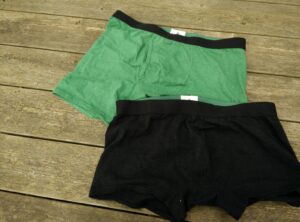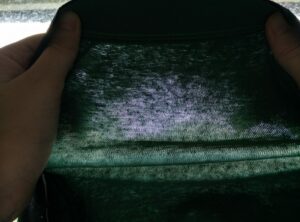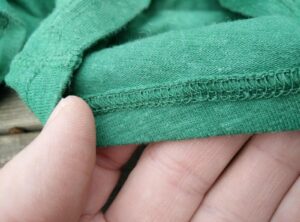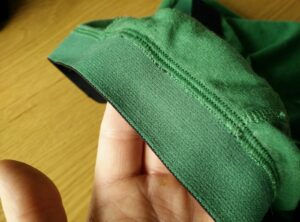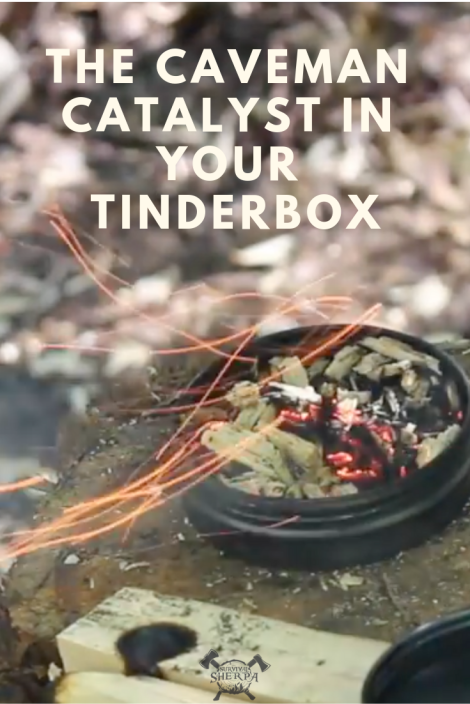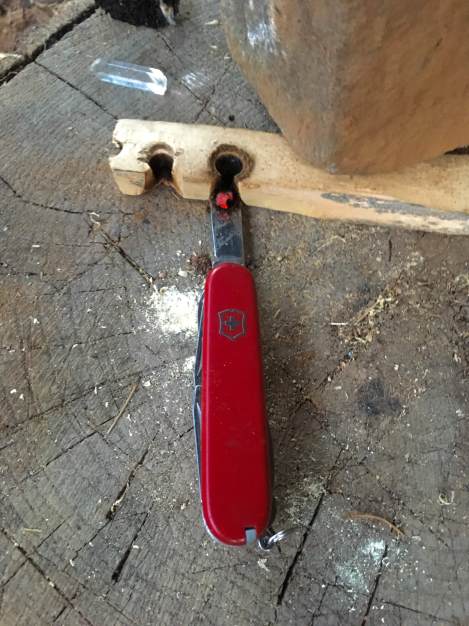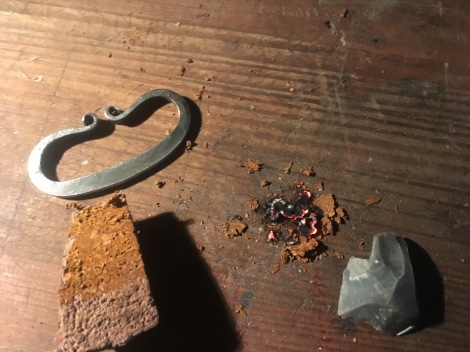Wama Men’s Hemp Underwear Review
Several months ago, we were contacted by the American company Wama which specializes in hemp underwear. They asked us to test some of their products and since we love to test base layers, we of course agreed. Now, hemp is not the most well-known material and before we got in touch with Wama, we didn’t really know much about it. According to online sources hemp garments are usually breathable, strong, UV resistant and odor-resistant (antimicrobial). Nevertheless, there is very little information available online on hemp as a performance fabric. Therefore, we were curious to test the Wama underwear on hiking trails and see how it performs.
I received a pair of Wama Boxer Briefs and a pair of Wama Trunks. I thoroughly tested both garments on various hikes here in Denmark and I also wore them for running, gym training and other activities. Below is what I learned about Wama underwear.
Wama underwear is suitable for:
- Everyday use
- Hiking in warm and dry weather
Material
Wama Boxer Briefs and Wama Trunks are made of hemp, but they feature organic cotton and spandex fibers as well. Hemp is in general mostly mixed with other fibers for garments because it’s not very soft to the touch on its own. Nevertheless, it is supposed to get softer with every wash. The Wama underwear thus contains the following blend of fibers; 53% hemp, 44% organic cotton and 3% spandex. The cotton fibers make the garment softer and spandex fibers add stretch and recovery performance.
Both the Wama Boxer Briefs and Trunks are made of the same material and when I unwrapped them, I was surprised how strong the fabric is. It’s much more robust than polyester or Merino wool and thus I assume that this underwear will also have a longer lifespan. Both products are also very pleasant to the touch and feel nice against the skin. However, I did notice that the fabric is a bit thicker than the fabric of my other performance underwear. Nevertheless, it’s surprisingly porous for its thickness, which is good in terms of breathability.
While I was testing the Wama underwear I focused on breathability, moisture-wicking properties, drying time and odor-resistance. These are in my opinion the most important qualities when it comes to performance underwear. I wore the Wama Boxer Briefs for the first time on a long hike here in Denmark and I was impressed over the comfort at first. I noticed that despite the relatively thick fabric, the boxers provide good breathability. Many of my much thinner polyester boxers are not as breathable as the Wama boxers. To confirm this, I conducted a simple experiment of blowing air through the various fabrics of my performance underwear and observing the “resistance”. The Wama underwear is indeed some of the most breathable underwear I have.
However, when the intensity on the hike increased, and I started sweating I was less impressed with Wama underwear. While the boxers nicely pulled the moisture from my skin, they also absorbed most of it. Therefore, they dried slowly, and I got cold during every pause on the hike. I’m quite sure that the culprit is the high percentage of cotton fibers in the fabric and I’m indeed very curious how the hemp underwear would perform if it had been blended with Merino wool or polyester fibers instead of cotton. For more information about the various materials do check my guide to base layer materials.
After the hike I didn’t wash the underwear immediately in order to see how odor resistant it is. I can confirm that it does provide a certain level of odor resistance and doesn’t become as smelly as for example polyester underwear. However, it’s not as odor resistant as Merino wool underwear which you can basically wear for weeks and it won’t become smelly. The lower level of odor resistance is probably due to the high percentage of cotton as hemp is fairly odor resistant on its own according to many sources.
Comfort, fit, sizing and functionality
The Wama Boxer Briefs and the Wama Trunks fit tightly to the body and I found them so comfortable, I started wearing them for everyday use. The fabric feels nice against the skin and because it’s very stretchy it provides good freedom of movement. I also haven’t encountered any chafing or rubbing so far. The Wama Boxer Briefs are with the inseam length of 6 inches slightly longer than the Wama Trunks which have the inseam length of around 2 inches. I prefer the Wama Boxer Briefs but that’s purely a matter of personal taste.
Both pairs of underwear feature comfortable flatlock seams and a printed label to prevent chafing. The waist band is soft and provides good stretch. The Wama Boxer Briefs also have a fly. I got both garments in size XL and they fit me perfectly (my waist circumference is 94 cm / 37 in.). As most of my other performance boxers are in size L, I think that Wama underwear runs small. So, if in doubt, size up.
Washing and drying
Wama underwear can be machine washed at 30º C, but you should steer clear of softeners and bleach. The underwear also shouldn’t be tumble-dried. As the material is very robust, I don’t think that washing the garment regularly will reduce its lifespan.
Verdict
The Wama Boxer Briefs and Wama Trunks have become my underwear of choice for everyday use because they are breathable, durable and very comfortable. Furthermore, both garments are made of natural materials and provide great fit and support. However, for hiking and sports there are better options out there. The Wama underwear simply absorbs too much moisture and dries too slowly to be efficiently used for activities that make you sweat. I won’t go into details why sports require quick-drying clothes here but if you are interested in the topic check out my article Why should you wear quick drying clothes. That being said, I do think that Wama makes great everyday apparel which is not only functional but also environment friendly. Hemp doesn’t require pesticides or enormous amounts of water to grow like cotton, and is naturally biodegradable. So, it might very well be that hemp clothing has a bright future.
If you have any questions about this product, drop me a line in the comments below.
Rating
| Design |  |
| Quality |  |
| Comfort (for hiking) |  |
| Functionality (for hiking) |  |
About Rating
Pros:
- Fit
- Comfortable material
- Breathability
Cons:
- Drying time
- Absorbs too much moisture for sports use
{
“@context”: “http://schema.org”,
“@type”: “Product”,
“brand”: {
“@type”: “Organization”,
“name”: “Wama Underwear”
},
“image”: “https://besthiking.net/wp-content/uploads/2019/10/Wama-Men’s-Hemp-Underwear-Comparison.jpg”,
“name”: “Wama Men’s Hemp Underwear”,
“review”: {
“@context”: “http://schema.org”,
“@type”: “Review”,
“author”: {
“@type”: “Person”,
“name”: “Blaz”
},
“creator”: {
“@type”: “Person”,
“name”: “Blaz”
},
“publisher”: {
“@type”: “Organization”,
“name”: “Best Hiking”
},
“reviewRating”: {
“@type”: “Rating”,
“ratingValue”: “4”,
“bestRating”: 5,
“worstRating”: 0
},
“datePublished”: “2019-10-24”,
“name”: “Wama Men’s Hemp Underwear Review”,
“headline”: “Wama Men’s Hemp Underwear Review”,
“itemReviewed”: {
“@type”: “Thing”,
“name”: “Wama Men’s Hemp Underwear”
}
}
}
You may also like…
The post Wama Men’s Hemp Underwear Review appeared first on Best Hiking.
Wama Men’s Hemp Underwear Review Read More »


